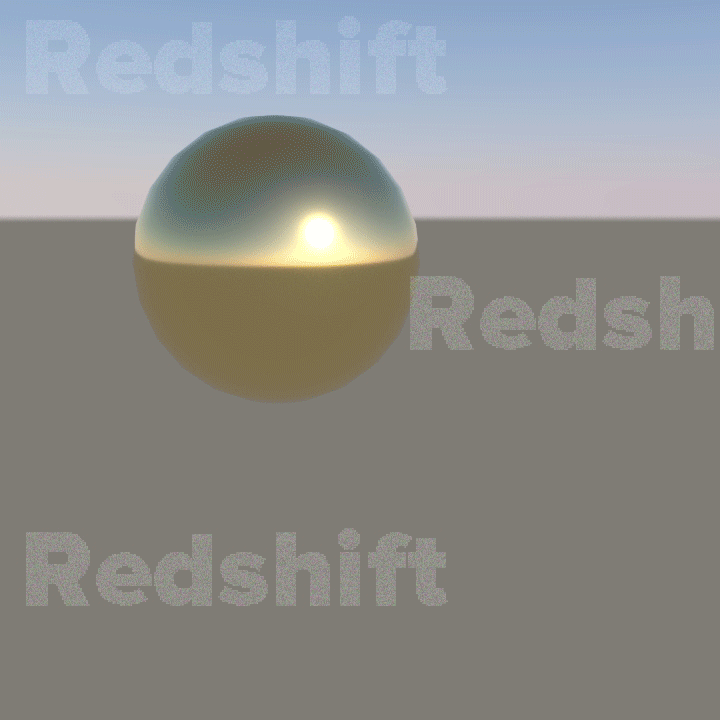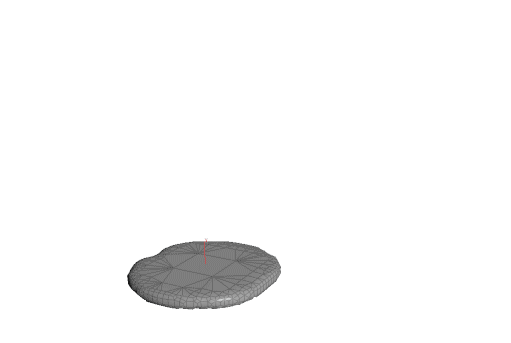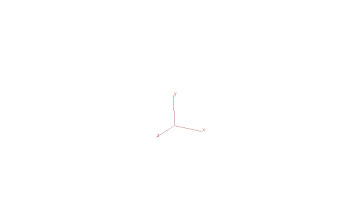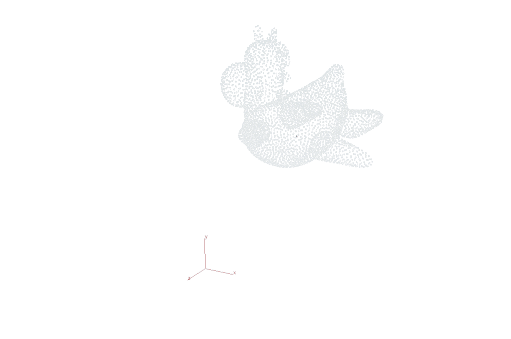Deborah R. Fowler
Particle Example -
Disintegration and Morphing
Posted on Sept 23 2018
Particle morphing, rendered in redshift (please see the previous section on disintegration if you have not see that yet)

The method used to create the morphing is described below.

Using the sblend node with the same number of points scatter on the rubber toy geometry, the two are blended. Next we can use the particlefluidsurface node:

The blobby object at the end of transition does not look much like the rubber toy. Using the same technique as we used to disintegrate the sphere, we can create a better transition back to the rubber toy.

Now that we have a transition established using the same box technique as the disintegration, but now applying it in reverse, we can then switch between the transitions.
Using color to scatter points on the rubber toy, that can then be used

Once these points are scattered, merged back with the boolean and then merged with the "melted" version it gives the illusion of the transition. Below are versions of what the transform node looks like with and without the particlefluidsurfacing.


Finally, with clever use of a switch node the illusion of dissolving and reforming is achieved.
